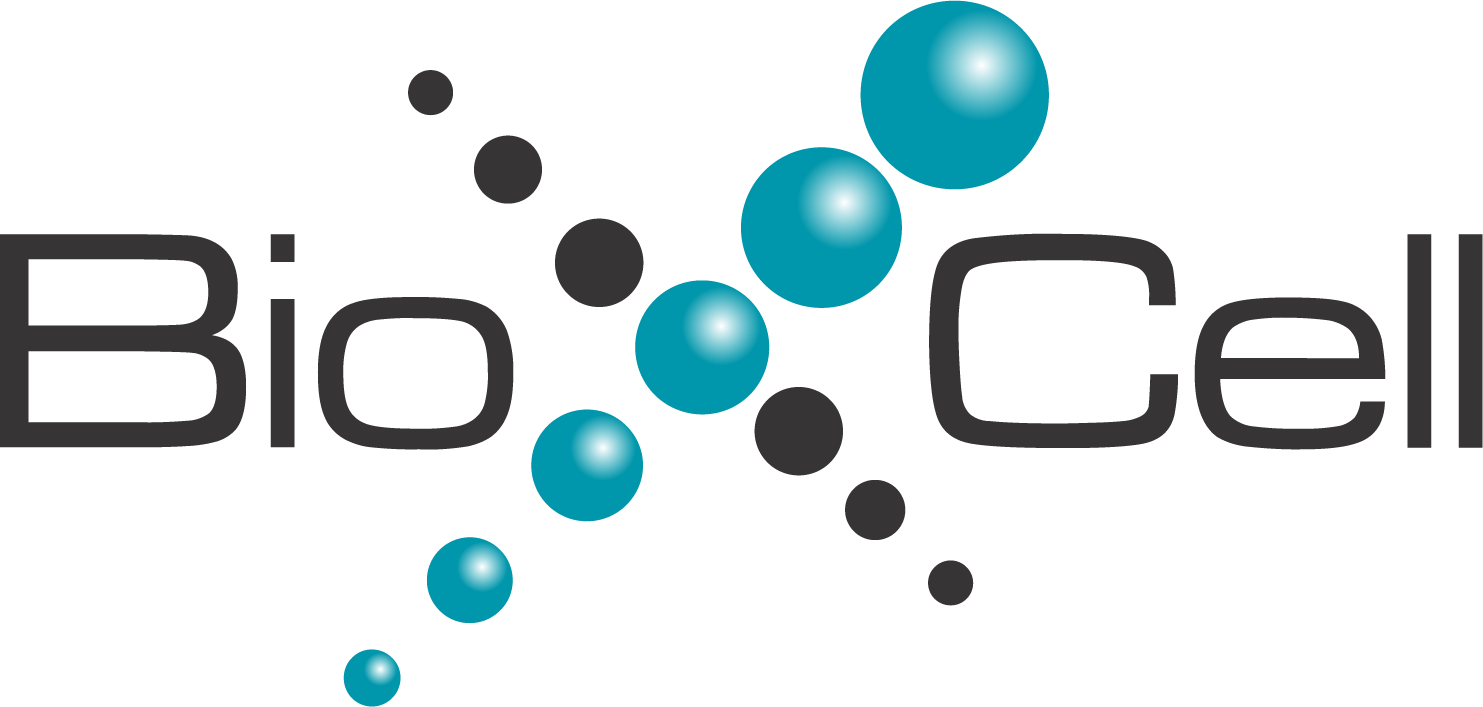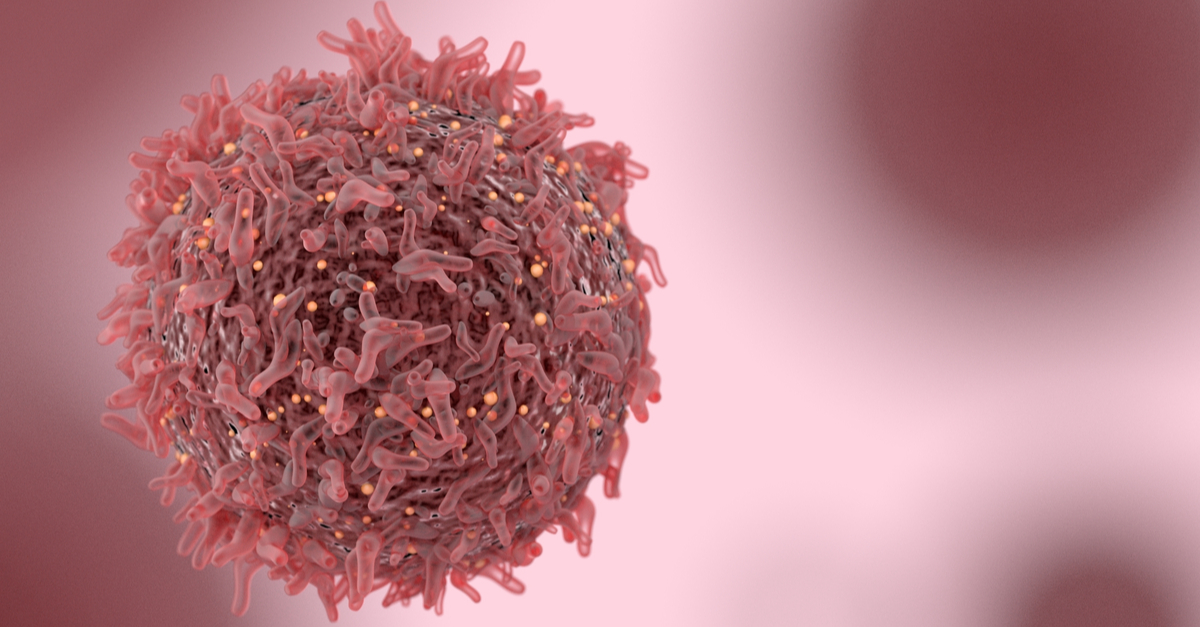Overcoming primary and acquired resistance to anti-PD-L1 therapy by induction and activation of tumor-residing cDC1s
Posted in Research Highlights
Bio X Cell Reference Spotlight
Read More
Neutrophil-induced ferroptosis promotes tumor necrosis in glioblastoma progression
Posted in Research Highlights
Bio X Cell Reference Spotlight
Read More
Immunocytokines are a promising immunotherapeutic approach against glioblastoma
Posted in Research Highlights
Bio X Cell Reference Spotlight
Read More
Macrophages on the Move: Visualization of Patrolling Alveolar Macrophages
Posted in Research Summary
More than 10,000 liters of non-sterile air pass through our lungs each day. Although most pathogens are filtered out in the upper respiratory tract, evidence suggests that some bacteria make their way into the alveoli where oxygen and carbon dioxide are exchanged in the lungs.
Read More
Introducing 𝘐𝘯𝘝𝘪𝘷𝘰MAb anti-human EphA2 Clone B2D6 for immunohistochemistry (paraffin), immunoprecipitation, and functional assay applications.
Read More
Endogenous DEL-1 restrains melanoma lung metastasis by limiting myeloid cell–associated lung inflammation
Posted in Research Highlights
Bio X Cell Reference Spotlight
Read More
Crizotinib-induced immunogenic cell death in non-small cell lung cancer
Posted in Research Highlights
Bio X Cell Reference Spotlight
Read More
The UIC2 monoclonal antibody reacts with an extracellular epitope of human and monkey (African Green) multidrug resistance protein 1 (MDR-1) also known as CD243, P-glycoprotein, and ABCB1. MDR-1 is a 170-180 kDa transmembrane glycoprotein that is expressed by epithelial and endothelial cells, and at low levels by T cells, B cells, NK cells, and hematopoietic stem cells. It is thought to be expressed at high levels by multidrug resistant (MDR) tumor cells. MDR-1 is as an ATP-dependent efflux pump for a large variety of molecules and drugs. This efflux activity has been suggested to lead to resistance to chemotherapy drugs. The UIC2 antibody has been reported to inhibit the efflux of MDR-1 substrates from MDR cells and increase the cytotoxicity of certain drugs in xenogeneic murine tumor models. The UIC2 antibody does not cross-react with mouse MDR-1.
Read More
STAT5 promotes accessibility and is required for BATF-mediated plasticity at the Il9 locus
Posted in Research Highlights
Bio X Cell Reference Spotlight
Read More
Immunoprophylactic and immunotherapeutic control of hormone receptor-positive breast cancer
Posted in Research Highlights
Bio X Cell Reference Spotlight
Read More










